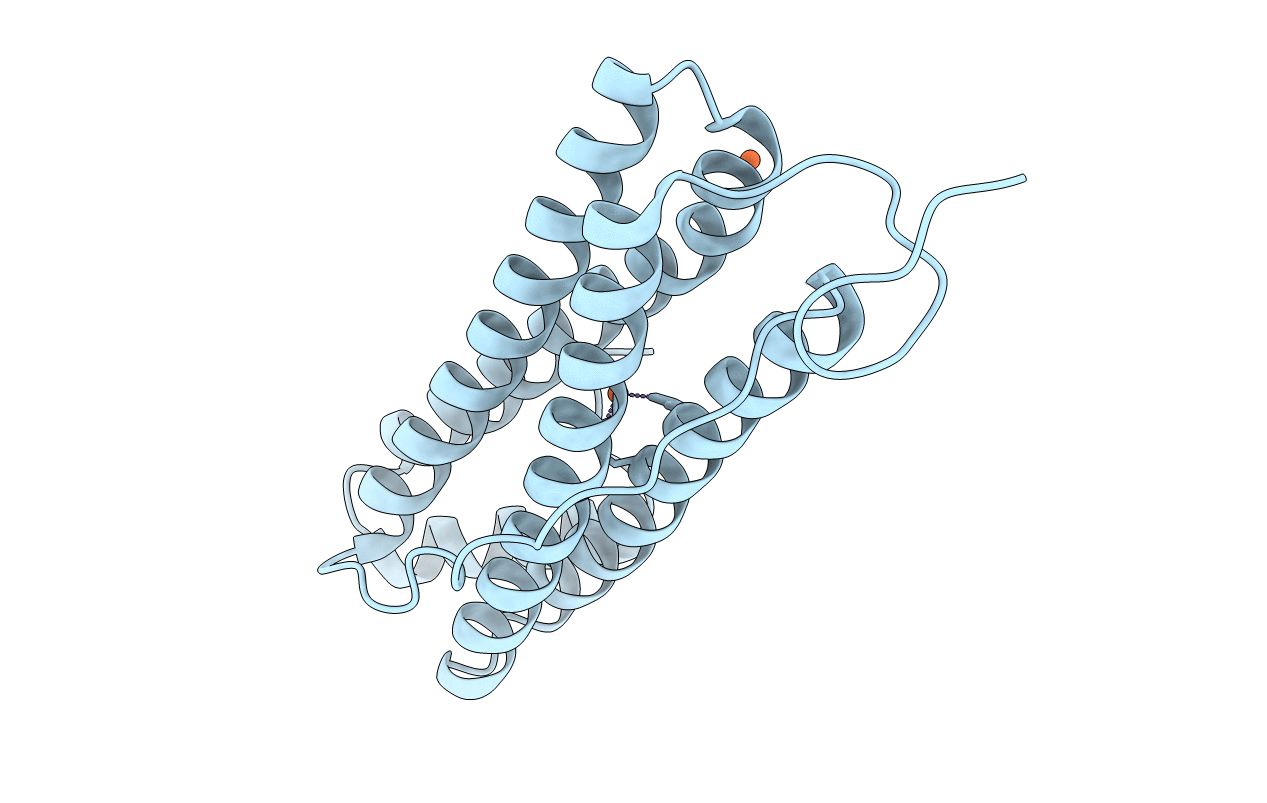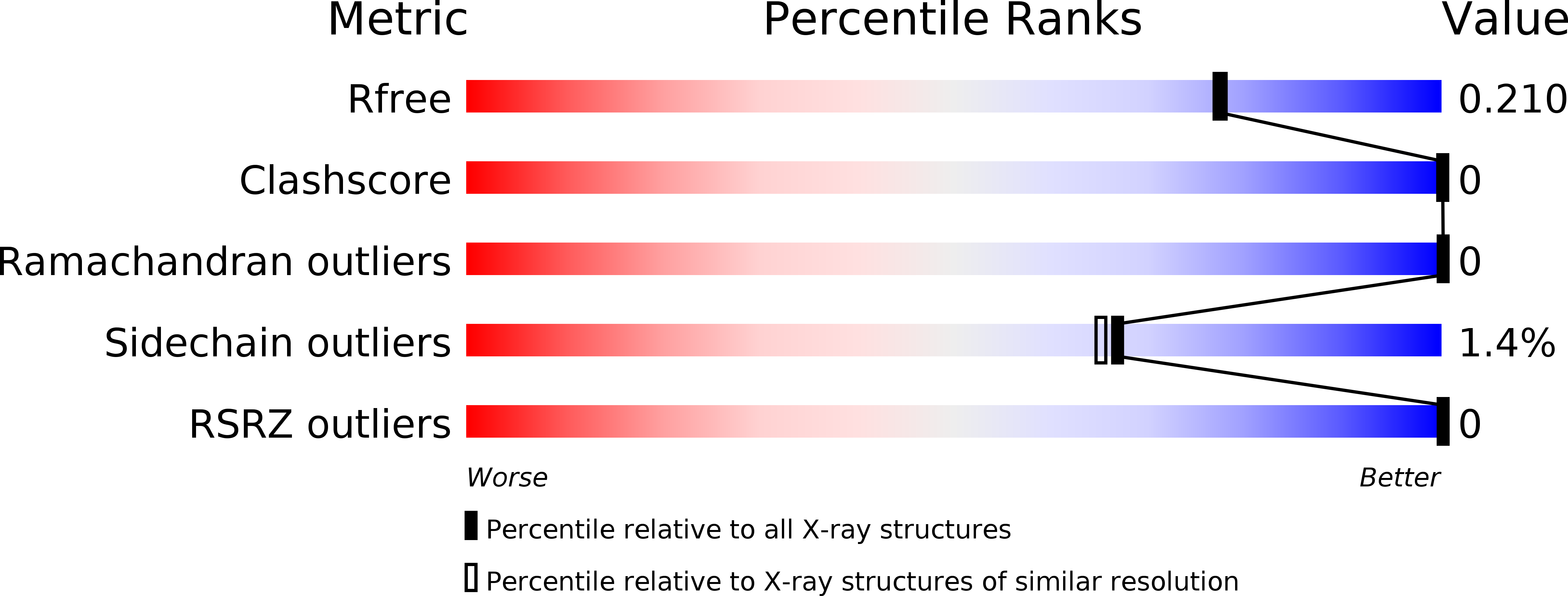
Deposition Date
2018-05-18
Release Date
2019-01-23
Last Version Date
2024-01-17
Entry Detail
Biological Source:
Source Organism:
Synechococcus sp. (strain CC9311) (Taxon ID: 64471)
Host Organism:
Method Details:
Experimental Method:
Resolution:
1.90 Å
R-Value Free:
0.20
R-Value Work:
0.16
R-Value Observed:
0.16
Space Group:
F 4 3 2


